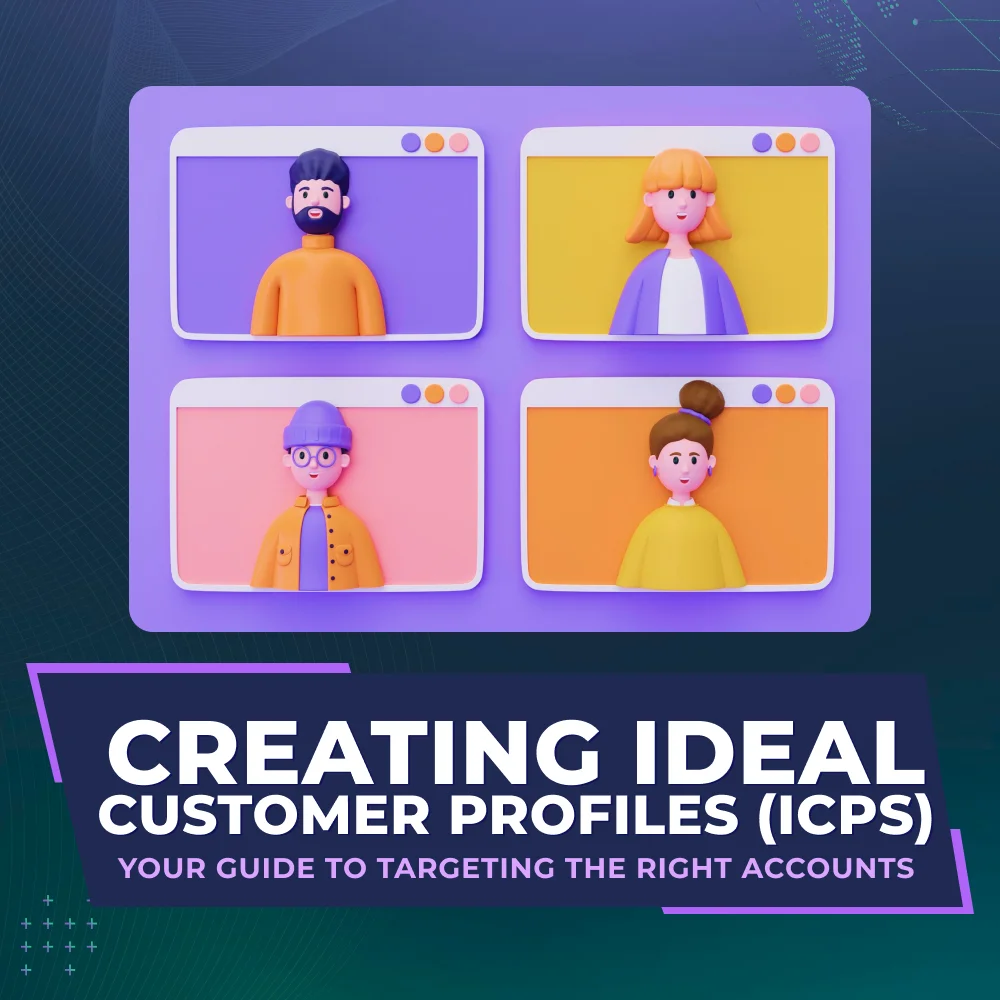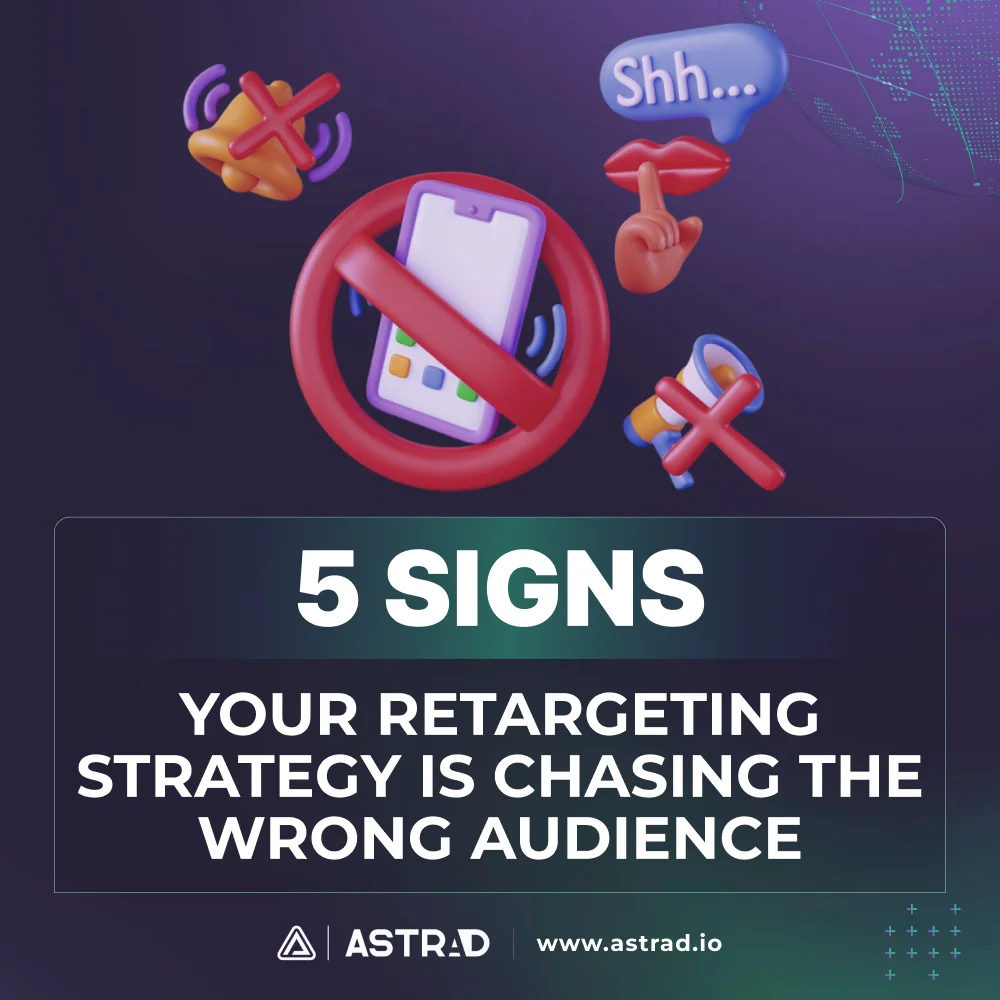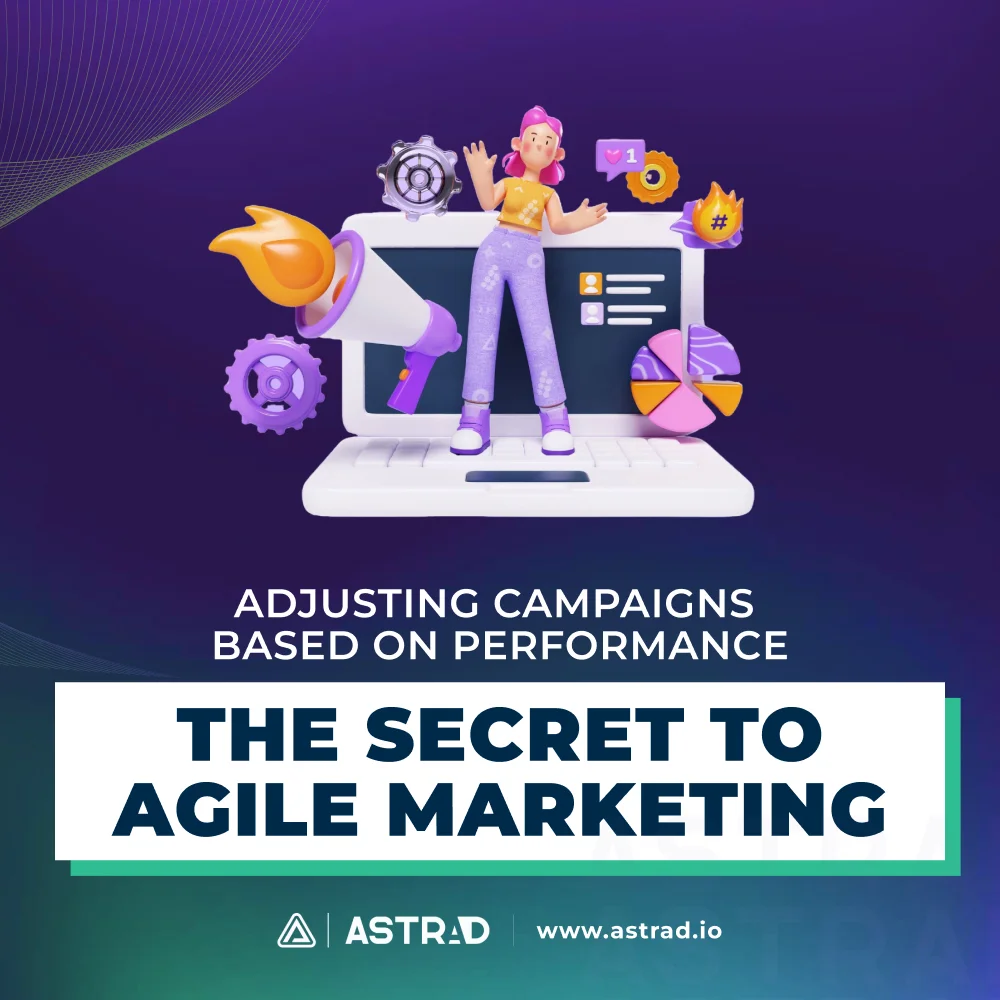Not every customer is the same—some are perfect fits, others, well, not so much. If you’ve ever poured time and resources into a lead only to realize they weren’t worth the chase, you’re not alone. You expect a full-blown Moby Dick and are gobsmacked with the realization that Nemo has more gumption and value than that catch.
For businesses looking to maximize ROI, streamline sales, and keep marketing efforts laser-focused, the Ideal Customer Profile (ICP) is the ultimate guidepost. In marketing, ICP has evolved from just another buzzword to the foundation for identifying the right accounts to target—the ones most likely to convert, stick around, and contribute to long-term success. Those huge catches, those Moby Dicks, can not only save a quarter but propel your brand to new, exciting, and maybe loftier heights.
What Is an Ideal Customer Profile?
An Ideal Customer Profile (ICP) defines the type of customer that brings the most value to your business. It focuses on high-level attributes—like company size, industry, buying patterns, or specific pain points—that align with your offerings.
For example, let’s say you sell doodads and whatnots for Mercedes-Benz. Your ICP differs wildly from the fella with a Ford truck in their backyard. It’s not just a question of finances—because some of those flatbeds cost more than the sporty German—it’s a question of narrative, identity, and desires. Within that macrocosm, you’ll have to dig deep into the micro to find which of those German motor enthusiasts bring not only more value to your brand but also that “want” to convert.
While a buyer persona zooms in on the individual decision-makers within a company (e.g., the VP of Sales or a Procurement Manager), an ICP takes a broader view of the company as a whole. Think of it as identifying the who and why of your ideal target, while buyer personas tackle the how.
Why ICPs Matter
- Better Resource Allocation: Focus your time, budget, and team on accounts with the highest revenue potential.
- Higher Conversion Rates: Targeting accounts that align with your ICP increases the odds of closing deals.
- Improved Retention: ICPs help you focus on customers who are the best long-term fit, boosting satisfaction and loyalty.
By aligning your sales and marketing teams around a shared ICP, you create a roadmap for success, ensuring that everyone chases the right opportunities instead of spinning their wheels on bad-fit leads.
The Impact of an Ideal Customer Profile on Business Growth
Defining your ICP doesn’t just clarify who you should target—it transforms how you market, sell, and grow. It gives you a clear idea of what you’re aiming for and ultimately how to make your shots count.
- Streamlined Marketing Efforts: With a crystal-clear ICP, marketing teams can create hyper-targeted campaigns that resonate with high-value accounts. No more “spray and pray.”
- Focused Sales Strategies: Sales reps can prioritize accounts with the highest potential, leading to shorter sales cycles and fewer wasted follow-ups.
- Metrics-Driven ROI: A well-defined ICP improves key metrics like conversion rates, pipeline velocity, and customer lifetime value (CLV).
For example, SaaS companies that implemented ICP-driven strategies reported a 30% faster sales cycle and a 20% increase in customer retention. When you know where to aim, hitting the bullseye gets a whole lot easier.
How to Create an Ideal Customer Profile
Building an ICP is about mining data, analyzing patterns, and validating results. It’s about cracking a puzzle and speculating where the customer will move to and what they want. Here’s your step-by-step guide:
Key Elements of an Ideal Customer Profile
- Demographics: Company size, revenue, and employee count. Location or geographic regions. Industry or niche markets.
- Behavioral Attributes: Buying patterns and decision-making timelines. Key pain points and challenges they face. Triggers that drive purchasing decisions.
- Firmographics and Technographics (for B2B): Company infrastructure and technology stack. Business maturity (startups vs. enterprises). Growth potential and scalability.
Steps to Create an Ideal Customer Profile
- Analyze Existing Customer Data: Start by examining your current customer base. Look for patterns among your best customers—those that drive the most revenue, stick around the longest, or generate referrals.
- Identify Patterns in High-Value Customers: What traits do your most successful customers share? Are they all mid-sized businesses? Do they have a similar tech stack? Patterns will reveal the attributes that matter most.
- Research Market Trends and Competitors: Understand the broader market landscape. What gaps are your competitors missing? What trends are emerging in your target industry?
- Collect Qualitative Feedback: Your sales team is a goldmine of insights. Gather feedback on pain points, objections, and success stories from real customer interactions. If possible, interview happy customers to validate your findings.
- Draft and Validate Your ICP: Combine all the data into a draft ICP. Test it with real-world outreach—run pilot campaigns, track results, and refine the profile until it hits the sweet spot.
How ICPs Drive Success in Account-Based Marketing (ABM)
In ABM, success hinges on targeting the right accounts—and ICPs are your compass.
- Improved Account Targeting: An ICP helps you zero in on accounts that align with your goals. Instead of chasing unqualified leads, you focus on high-value opportunities with the highest likelihood to convert.
- Personalized Campaigns: When you know your ICP, crafting tailored campaigns becomes second nature. You can align messaging, content, and offers to address specific needs and challenges—making every touchpoint relevant.
- Sales and Marketing Collaboration: Shared ICPs bridge the gap between sales and marketing, aligning both teams toward a common goal: targeting accounts that matter most. This alignment leads to stronger pipelines, faster deal closures, and happier teams.
- Scalable ABM Strategies: Once you nail down your ICP, you can replicate success. Use the same framework to identify similar accounts, build targeted campaigns, and scale your ABM efforts effectively.
Why Your Business Needs a Defined ICP
If you’re still running campaigns without a clearly defined ICP, you’re leaving opportunities—and revenue—on the table. A well-crafted ICP:
- Maximizes marketing and sales efficiency.
- Drives higher ROI with targeted campaigns.
- Enhances customer satisfaction and long-term retention.
Long story short? An ICP isn’t a “nice to have”—it’s the fertilizer you need for sustainable growth.
Target Smarter, Not Harder
Businesses can’t afford to market to everyone. It’s a recipe for disaster—each shotgun blast depletes your stockpile and your bottom line. You need to switch ammunition, you need to switch armament, you need to switch firing mechanisms, you need to overhaul your whole mindset.
By creating a well-defined Ideal Customer Profile, you’ll stop chasing bad-fit leads and start connecting with the accounts that truly matter.
So, take the time to analyze your data, identify patterns, and refine your ICP. It’s an investment that pays off in stronger campaigns, higher conversions, and growth that sticks.
Your ideal customer isn’t a mystery. Define them, target them, and watch your marketing turn into a precision tool for success.






